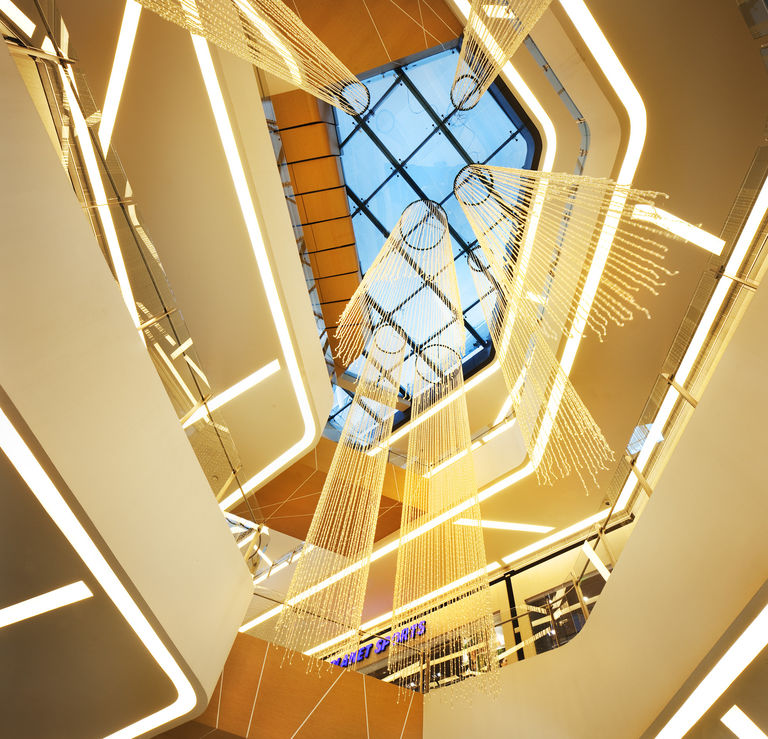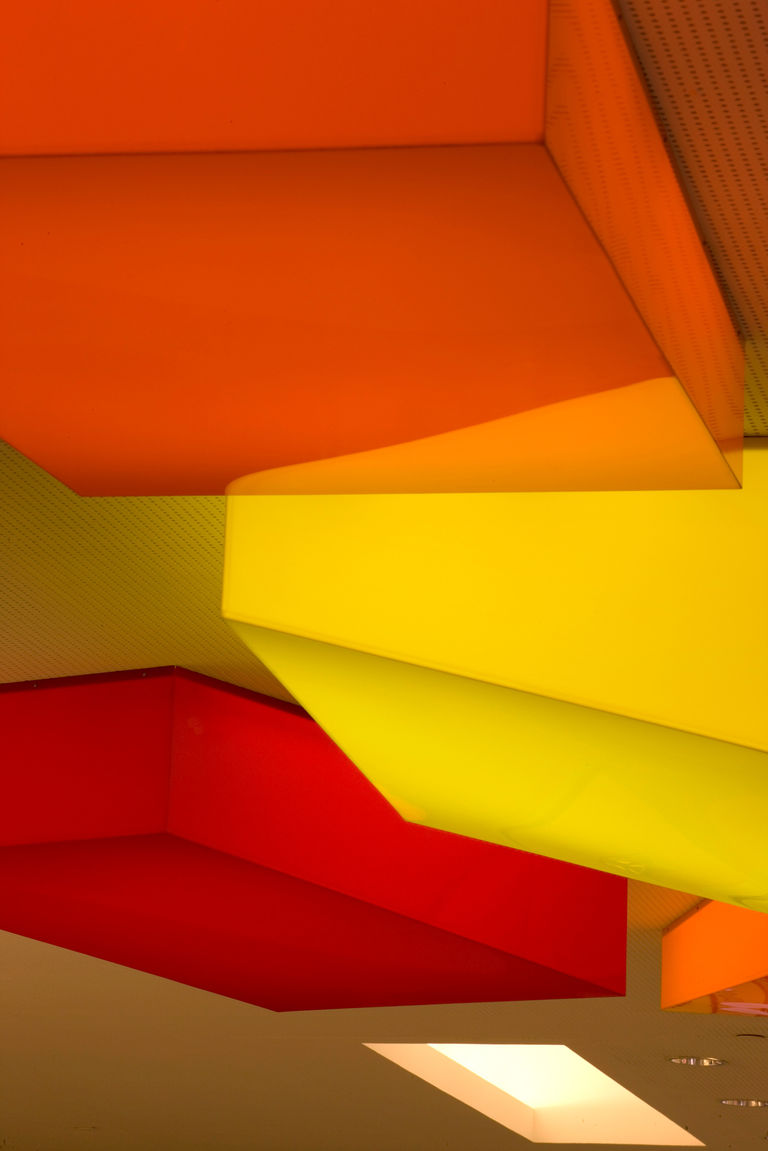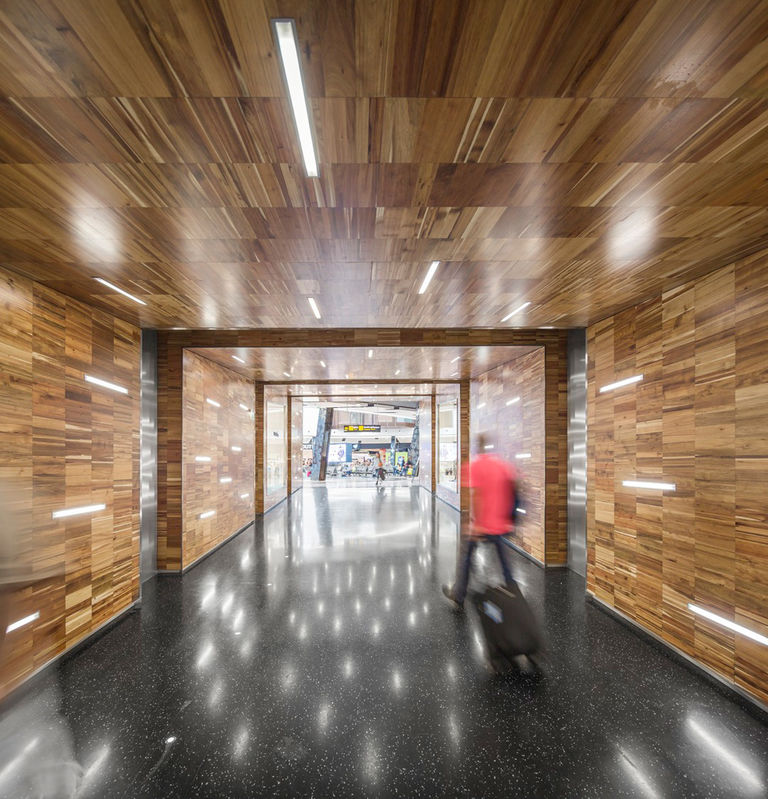In this context, stores are becoming the setting for new experiences and the shopping centre is the theatre of our leisure time. Facades become our emotional stimuli while the mall is a lineal park.
Suddenly, when everyone thought that retail architecture had nothing more to say, it has emerged again as a hub from which experiences and pleasure - which cannot be obtained from a screen - are generated.
Retail architecture is often considered a lesser sub-group within the field but this prejudice is losing strength as retail architecture gets more sophisticated. The need to resolve the combination of commercial success and enhanced experience has forced retail architecture to evolve into new areas.
It is a sector that now demands holistic and complex solutions in architecture, engineering, landscape, branding, signage, sound, lighting, and in other new disciplines like digital design and place making. We are facing an avant-garde sector that needs to be open-minded to deliver new interpretations of the emerging reality. Blink and you will not be in the picture.
The dining experience has become paramount to a successful retail environment where food courts are no longer a series of franchises located along a corridor but an exquisite blend of culinary opportunities ranging from gourmet restaurants to street food markets and everything in between.


